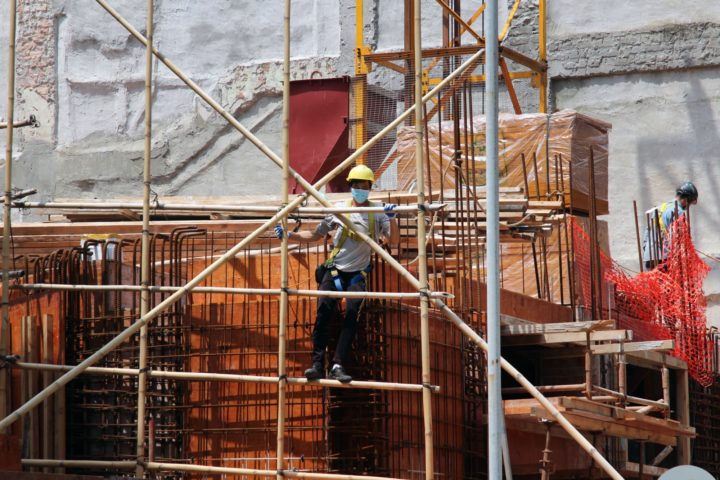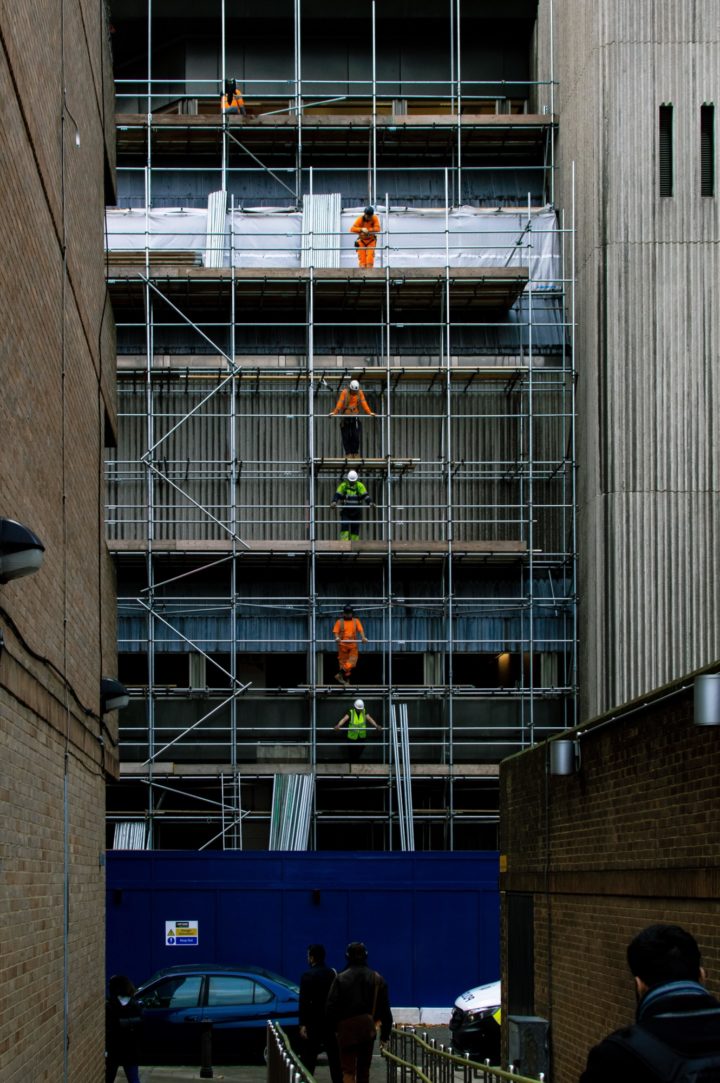Britain’s homes hold the key to rebooting the economy
There is a large overlap between regions with leaky homes and those with high unemployment and a ready-to-go workforce

By Jess Ralston
@jessralston2Share
Last updated:
Promises to ‘level up’ parts of the country that had fallen on hard times, sitting at the heart of the 2019 Conservative manifesto, were one key factor behind the election victory.
Barely six months later, it is now the economic fallout from the coronavirus that is hitting many areas hard, especially in the ‘red wall’ seats that underpinned Boris Johnson’s landslide into Downing Street.
With now less than a month until Johnson et al unveil their plans for getting the country back on its feet, apparently ushering in a fairer and greener society, there will be no shortage of discussions on how Government cash can be put to best use.
Building Up
Looking back to 2008, nowhere was the crash felt more than in the construction sector. In the current crisis the picture is equally grim.
ONS data shows that 59% of businesses in the construction sector are laying off people in the short-term, more than any other sector and almost a fifth above the average.
If not laid off, over 40% of construction workers have been furloughed, with over 90% of construction businesses accessing support to keep them going. To make things worse, despite restrictions from Government being lifted, 55% of companies in the sector do not know when they will be going back to work.

Back to work
The harsh reality of rapidly rising unemployment is not evenly distributed around the country. Instead, it is soaring most in areas already down on their luck.
The likes of Blackpool, Wolverhampton and Middlesbrough have been identified as some of the hardest hit by coronavirus.
In Blackpool almost 11% of people are unemployed, well above the national average of 3.9%. There is also a demand for work, with a third of people who are not economically active looking for employment, double the national average.
These are also areas with huge potential to upgrade homes to meet the Government’s efficiency goals.
In Blackpool, 75% of homes are rated D or below on the Energy Performance Certificate (EPC) scale, 67% in Middlesbrough and 70% in Wolverhampton. These figures represent millions of houses upon which work could begin almost instantly.
| Area | Homes EPC D or below (%) | Unemployment rate (%) | |
|---|---|---|---|
Blackpool | 75% | 11% | |
Middlesbrough | 67% | 9% | |
Wolverhampton | 70% | 9% |
A recovery package with a widespread push for retrofits offers a massive opportunity for new jobs.
This would help to increase spending elsewhere in the economy and at the same time bump up standards of housing and cut carbon emissions.
Trading places
Another side to this story is that of the self-employed. Millions of builders, plumbers, window-fitters and roofers are in stasis as demand for their skills dries up.
Rishi Sunak’s plan to avoid carnage among the self-employed, the Self-Employment Income Support Scheme, has stepped in for now, but cannot last for ever. A huge source of building projects, generated through upgrading energy efficiency, across the nation could hold the key to putting the country’s tradespeople back to work.
In Bolsover, Derbyshire, 24% of the workforce is employed in ‘skilled trades’, the highest proportion in the country. In this constituency, famously taken by the Tories from Labour Stalwart Dennis Skinner in the 2019 election, 73% of homes need upgrading to meets the Government’s 2035 efficiency target.
The story in other ‘red wall’ seats is remarkably similar. Wellingborough and Pendle both have more than 20% of the workforce employed in skilled trades – double the national average – and have 66% and 78% of homes below the key EPC C marker.
| Region | Homes EPC D or below | 'Skilled trades' as proportion of workforce |
|---|---|---|
Bolsover | 73% | 24% |
Wellingborough | 66% | 21% |
Pendle | 78% | 20% |

Futureproofed homes and jobs
For thousands, hopes of getting back to work may not come into fruition any time soon as falls in vacancies are not spread evenly throughout the country.
Research by the Institute for Employment Studies found that the number of vacancies is falling fastest in areas already struggling with deprivation.
In Blackburn and Darwen the number of job postings fell by more than 60% between mid-March and the end of May. Kingston-Upon-Hull saw opportunities plummet by 59% across the same period, while Knowsley and Middlesbrough saw the number of job adverts fall by 47% and 41% respectively. The proportion of homes in these areas that don’t meet Governmental efficiency goals ranges from 58-71%; millions of houses.
The installation of most forms of household insulation – filling cavity walls, upgrading windows, insulating roofs – involve limited or no household interaction, and can therefore be easily carried out under social distancing guidelines. Not only will this reassure potential fears of workmen in homes, but offers an instant boost to millions of tradespeople looking to get back on their feet.
Regions discussed so far are, largely, also areas with levels of youth (18-24 year olds) unemployment well above average.
The young have been shown to be disproportionately affected by the economic fallout from the pandemic – with more than a third of the youngest cohort earning less than they were before the outbreak, either by virtue of being furloughed or losing jobs.
Decarbonising the nation’s housing stock is one of the trickiest aspects of hitting the 2050 net zero target, with all of the 30 years between now and mid-century likely needed to insulate all 27 million UK homes.
Simultaneously, with skills and training an essential part of an intervention on the economy as wide as that expected this year, there is a real opportunity to lock in good, long-term employment for hundreds of thousands of young Brits.
A generation of school leavers, properly trained, could be set up with jobs for life that are not only located in all parts of the country, but also highly skilled, well paid, and offer an opportunity to tackle climate change, a major cause of concern among today’s youth.
Experts suggest that a boost to the energy efficiency industry across the UK could help to hit two birds with one stone, getting people back into jobs and reducing total household expenditure on energy bills by £7.5 billion per year, or £280 per home.
This delivers money back into wallets of families all over the UK, much of which flows into local economies to give other businesses a boost.
With our homes playing an important role in keeping us safe, now more than ever, the construction sector’s ability to bounce back from this new, health-based shock will be vital. And there could be opportunity to ensure that the rebound is cleaner than ever too. The Prime Minister has promised that we will ‘Build Back Better’, but the question remains as to what this actually means.
Share